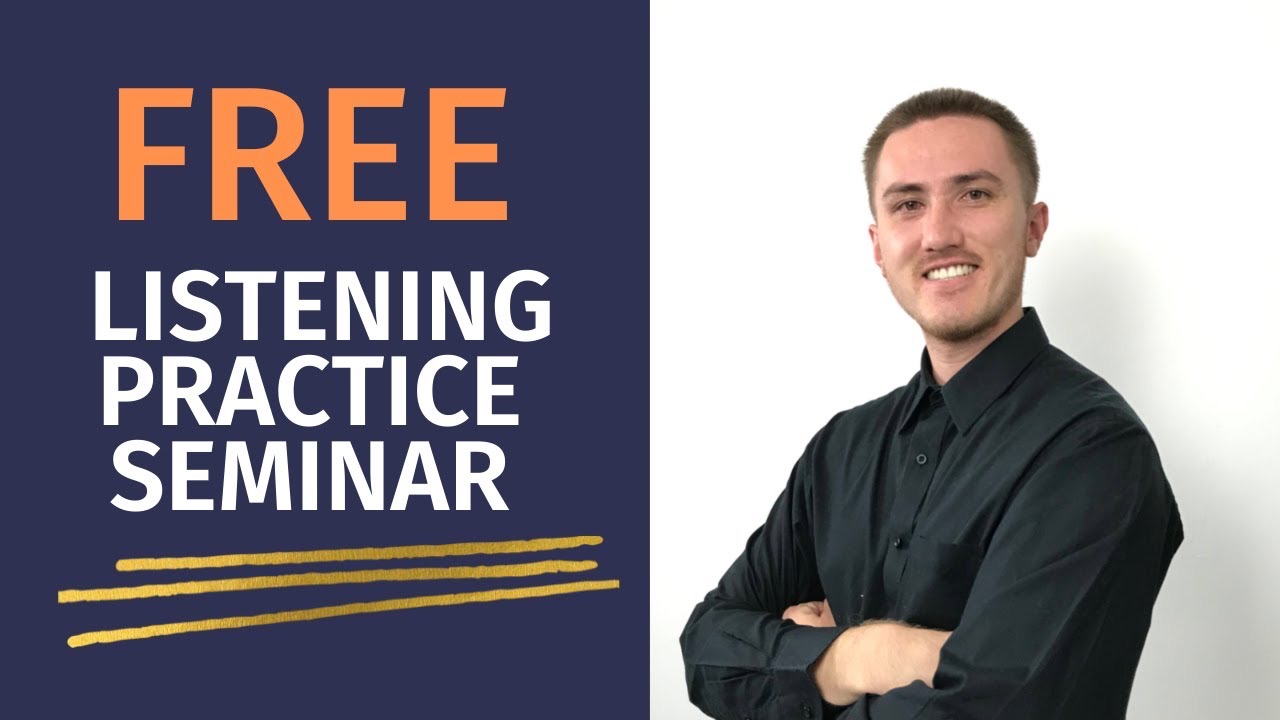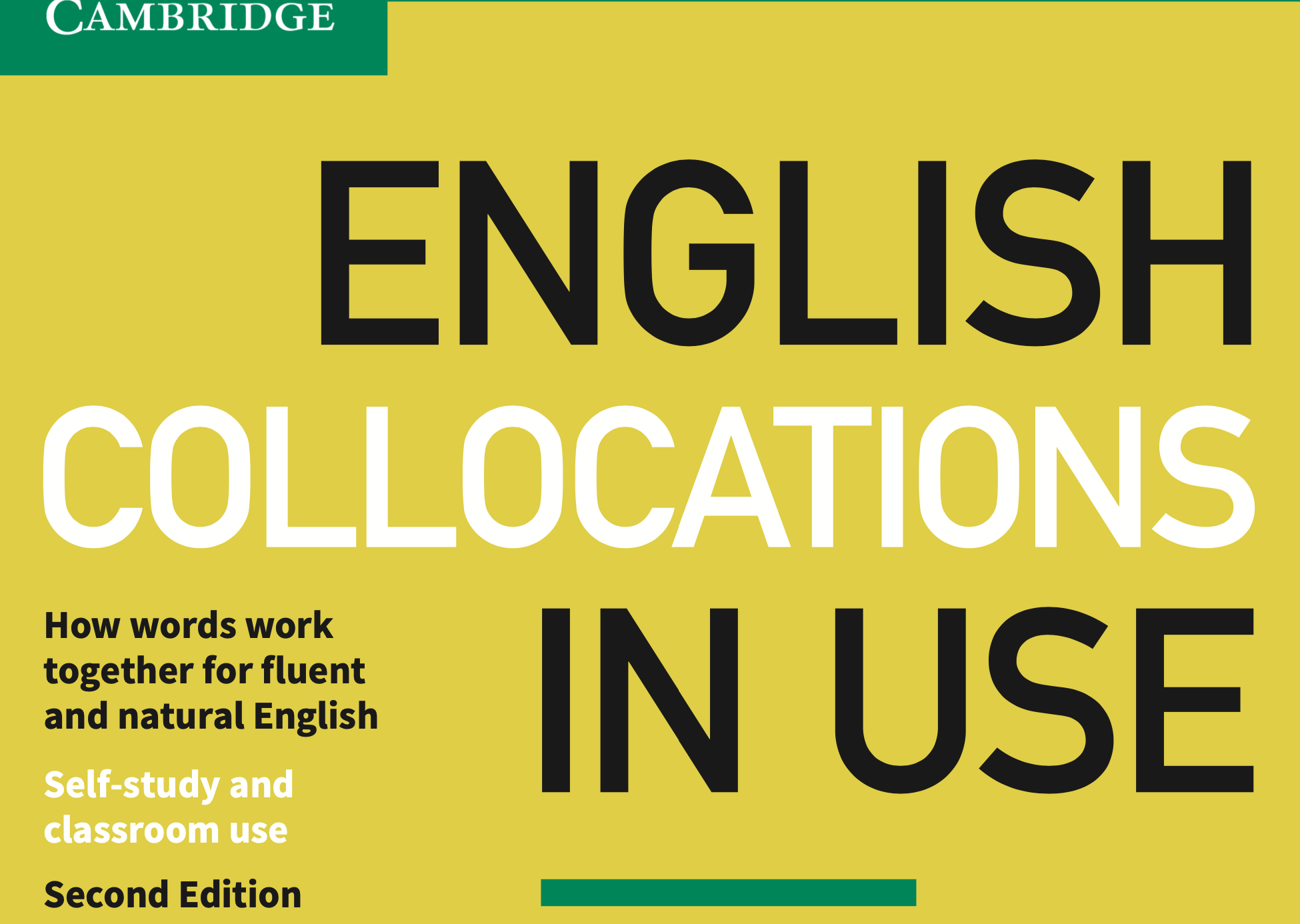این پادکست از پادکست های کانال Listening Time انتخاب شده و برای تقویت لیسنینگ و مهارت های دیگر زبان شما فوق العاده است!! سطوح مبتدی و متوسط می توانند از آن استفاده کنند.
برای یادگیری بهتر لغات این پادکست حداقل ۳ بار در فواصل زمانی مختلف آن را گوش دهید.
Episode 101 Transcript – Listening Time
Transcript – “Listening Time” Episode 101
Welcome to the Listening Time podcast. Hey everybody, this is Conner, and you’re listening to Episode 101 of the Listening Time podcast. Thank you all for listening. I’m glad that we finally reached Episode 100. And now we’re moving on from that, and hopefully, at some point, we’ll reach Episode 200 in the future. Thank you all again for listening.
And a special thank you to all of my members, all of you who have joined my membership. I really appreciate the support. It’s because of you that I’m able to continue making this content, making this podcast, and all of the exclusive content for the membership. This wouldn’t be possible without you. So, thank you so much. I really appreciate that.
And remember that if you want my specialized listening training, you can become a Listening Time Member, and you’ll get my Listening Practice Seminars, where I help you understand the different sound patterns in English, the different things that are hard for you to understand. And if you want my advanced podcast episodes, then make sure to become a Listening Time Family Member or VIP, and you’ll receive two new advanced episodes every month. So, if you’re interested in that, make sure to click on the link in the Episode Description. That’s www.patreon.com/listeningtime
Alright, in today’s episode, we’re going to talk about swimming. I think I might have talked a little bit about this before. I don’t remember exactly. But I don’t think I’ve done a whole episode on this. So, that’s what we’ll talk about today. And I’m sure a lot of you like swimming, so this will be a good episode for a lot of you.
And remember that you have the transcript available if you need it. That’s below the episode in the Episode Description. So, click on that, and listen to this episode as many times as you need until you can eventually understand everything that I’m saying without using the transcript. That should be your goal. And if you like this podcast, I would appreciate it if you shared it with your friends, your family members, anyone you know who’s learning English, and help them out and help me out. I really appreciate that. And if you can, please give this podcast a five-star rating and a review. Alright, let’s get started.
Okay, let’s talk about swimming. So first, let me talk about swimming in terms of exercise, and then we’ll talk about it in terms of fun and in terms of safety… but first of all, exercise. Swimming is a fantastic exercise. A lot of you already know this, and if you’re a swimmer, you probably know this very well.
So, swimming is a great cardio exercise. In English, we use the word “cardio” to refer to exercises that are good for your heart. When you’re working your heart muscle, this is a cardio exercise. So, for example, if you like to run, you do cardio when you run. Or just walking can be cardio. Anything like that, where you’re working your heart, that’s cardio, as we call it.
So, swimming is great for your heart, and the good thing is that it’s also easy on your joints. Remember that in English, the word “joints” refers to the areas of your body that bend, like your knees and your ankles, and things like that. So, specifically, on your knees, swimming is very good because it doesn’t put that same pressure on your knees that running does.
So, I like running. I’m not good at it, but I want to get better, and it’s an exercise that I enjoy. I appreciate. However, I know that running is maybe not the best for my joints. It’s not the best for my knees. I think that there are ways that we can do it and, of course, not put too much pressure on our joints. However, if you do it for many years, you might deal with some discomfort or pain in your joints from time to time if you don’t do things properly, or maybe if you just run a lot, you might just feel this because of how much you’ve run.
However, when it comes to swimming, the good thing is that you don’t have that same downside, right? In English, the word “downside” refers to some disadvantage that you have. So, you don’t have that same downside when it comes to swimming. It’s really easy on your joints, and it’s also good cardio. So, that’s great.
And it also works your muscles as well. It works your back a lot… your lower back, your upper back. It’s good for your abs, as we say, your abdominal muscles. So, it’s good for your core. Your core is the whole middle part of your body. So, your abs and your obliques, which are on your sides, and then your lower back. All of this is like your core, we might say. So, it’s good for your core, and it’s good for your shoulders. You work out your shoulders and arms. So, it’s like a whole body workout, really. So, it’s good for all of that.
And one other thing that it’s good for is your breathing. You have to learn how to breathe well and also how to hold your breath underwater. This is something that I’ve never been very good at, but a lot of swimmers can hold their breath for a long time and not worry about running out of breath when they’re underwater. So, that’s another thing you get to exercise a little bit when you swim.
And swimming is very fun. So, many kids love the water. We develop that love for going in the water when we’re young a lot of the time. And so, my son, for example, he’s not even two years old, but he loves the water. He loves taking baths. It’s a really fun thing for him. And he absolutely loves going in the pool with either mom or dad. He really likes that. And you can tell at this age that he’s going to like swimming when he’s older.
And as kids, we also have pool parties sometimes. In the US, this is pretty common. If you have a swimming pool, you might invite other kids over for your birthday, or just for any reason, and have the party concentrated in the pool. That’s where the kids will hang out a lot of the time.
And even as adults, swimming is really fun as well. It’s not just an exercise. It’s something that’s relaxing. It’s entertaining. It’s nice to just chill in the pool sometimes. In English, we can use the verb “to chill” to say that you hang out or spend time doing something. It’s kind of like a slang word, “to chill.”
And how about in terms of safety? Well, it’s great for kids to learn how to swim at a young age because it will help prevent accidents later on. So, a lot of people in the US put their kids in swimming classes at a very young age so that they can get used to the water and learn how to float, learn how to swim, all of that.
And they do so for the benefit of the kid’s health. They do it for the fun, but they also do it for the safety aspect. They want to make sure that their kids aren’t going to drown in any situation. In English, the word “drown” refers to when you can’t swim or you’re in rough water and you can’t stay afloat. You can’t stay up. And unfortunately, you die because you can’t stay up, and you can’t swim to safety, and so, you drown.
So, of course, we want to prevent that as parents.
So, that’s really important for a lot of people. They want their kids to learn how
to swim, and they want them to be able to swim without using floaties or water wings. We use these terms to refer to those little inflatable things that we put on kids’ arms so that they can float in the water and not sink. We sometimes call these “floaties,” and some people call them “water wings.” So, it’s good to have kids learn to swim without using these. So, that’s a goal that many parents have.
And this issue of safety also relates to adults as well. If you’re an adult and you’ve never learned how to swim, it can also be good for you to learn as well, just in case you’re in a situation where you’re in the water, because you don’t want to drown either. So, it’s very good to learn how to swim so that we can stay safe around water.
Alright, let me talk a little bit about my experience and my relationship with swimming. So, first of all, let me talk about swimming lessons. So, as I already mentioned, a lot of kids in the US take swimming lessons, and I was no exception. In English, when we say that you are “no exception,” this just means that you’re the same. So, I’m no exception. I also did swimming lessons when I was a kid. I think I did it when I was four years old, maybe… four or five. I had swimming lessons.
And to be honest, I hated them. So, I didn’t like these types of organized activities and classes in general. And I definitely didn’t like doing swimming lessons. I don’t think that I had major problems learning how to swim per se, but I just didn’t like having to work with an instructor and not being with my parents, and I never liked that feeling in general.
And the thing that I disliked the most… I can still remember this now… was I hated having to jump in the pool from the diving board. The “diving board” is that long rectangular thing that you jump off of into the pool. So, people dive off of the diving board and land in the water.
So, we had to do that when we did swimming lessons as kids, and I remember that I didn’t want to jump in the water. I was so scared to jump off of the diving board. And like I said, I still remember this today. That’s how much I disliked it. So, I didn’t like my swimming lessons, but I know that they were good for me, and I know that they helped me out, and I was able to swim on my own at a pretty young age.
And throughout childhood. I always had a pool. So, when I lived in my old house, where I spent the first years of my life, we had a pool in the backyard. And then, when we moved to San Diego when I was almost eight years old, we also had a pool. I think my parents always wanted a swimming pool. I think that was something they really appreciated and enjoyed. And I remember my parents swimming a lot when I was younger. So, I think that they always wanted to live in houses that had swimming pools.
And in the US, it’s pretty common for houses to have pools. I know that in other countries that’s very rare, or that’s only for the rich or the people with mansions, but in the US, it’s different. Many houses have swimming pools in the backyard. And so, we always had a swimming pool when I was growing up. And that meant that I always had the chance to go swimming.
And we always had pool parties when I was a kid. So, whenever we had birthday parties or just invited our extended family to come over in the summer, or whatever it was, it usually revolved around swimming as long as it was in the summer when it was hot. And so, we did that a lot.
And I liked being in the pool, but I didn’t really like swimming, just swimming back and forth and doing it for exercise. I never really liked that. But I played in the pool. I think I always played more than I swam. So, I would just do different activities and play different games, but I didn’t view it as an exercise, and I kind of just liked playing around with my friends in the pool.
And as a teenager, I didn’t go in the pool that much. However, my friends, whenever they came over in the summer, they always asked to go in the pool because they didn’t have pools and they wanted to take advantage of our pool. And so, I would go in whenever my friends would come over. But if it was just me, then I rarely went in the pool as a teenager.
So, that wasn’t one of my favorite activities. Like I mentioned, I liked playing in the pool with other people and playing games, but I didn’t really want to go in alone and just swim or spend time alone in there. That was never my thing. It wasn’t my thing as a child or a teenager. And so, I mostly went in with other people.
And as an adult, I definitely don’t swim much nowadays. It’s not one of my favorite activities. And I think one of the reasons for that is that I never really spent a lot of time perfecting my swimming technique. So, of course, I learned how to swim. I took swimming lessons, but I never really practiced with the different strokes and the different techniques.
In this context, we might use the word “stroke” to refer to a different type of swimming technique. So, there’s the backstroke, the breaststroke, etc. So, I didn’t really practice that much with the different strokes, and so I never got good at any of them. And to be honest, I always spent a lot of my time doggy paddling. We use this phrase to refer to when you’re not using a proper swimming technique, and you’re just kind of moving your arms and legs in the way that a dog would if they’re in the water.
I’m sure you’ve seen a dog swimming, how they use their legs and just kind of push the water in not a very effective way. And when humans do that, we call that “doggy paddling.” And to be honest, that’s how I swam a lot of the time when I was growing up. I just doggy paddled because it’s the easiest way to get from point A to point B in a pool without needing to use some proper technique.
So, I never got very good at swimming and at the different techniques, unfortunately. And I think that’s one of the reasons why I never swam that much for exercise, and it’s one of the reasons why I don’t really like going in the pool that much as an adult either. However, I love taking my son in the pool. He loves being in the water, as I mentioned.
And of course, he doesn’t swim on his own. He’s just a baby. However, he loves being taken into the pool by either my wife or me, and he can spend, like, hours in there. He really likes it. He likes taking his little water toys in there. And it’s really fun for us too, but it’s tiring, of course, because we have to hold him the whole time and make sure that he doesn’t get water in his mouth, and all that stuff, but it’s really fun.
And I also really like swimming in the ocean, actually. I should say that I don’t swim with good technique in the ocean. I’m not referring to that. However, I like going to the beach and kind of playing in the waves. I like when there are decent-sized waves… not very big waves, of course, but decent sized waves. I like that. I like being able to swim with the waves or go under the waves. I like that. So, I really prefer going in the water at the beach.
Oh, I should say that I don’t like going in when it’s very cold. I like it when it’s warm. So, I like going to the beach in Mexico, for example, in the middle of Mexico or the south of the country, where the water is very warm. I really like that because it’s so comfortable in the water. It’s like taking a bath, and I can just enjoy the waves and swim a little bit, go underwater, etc. I really like that. So, that’s the type of water activity that I prefer. I don’t really like spending a lot of time in the pool unless I’m in there with my son. So, that’s my type of swimming, so to say.
And one other thing that I really like as well is jumping into the water from high places. I know that I mentioned before that I didn’t like jumping off the diving board as a kid. However, somehow, when I got older, I started to like those adrenaline activities that make you a little bit nervous and that require a little bit of bravery. I started to like those activities more when I got older. So, I started liking roller coasters and things like that.
And I also really like jumping into the water from high places. It makes me a little bit scared. When I look over the edge, and I see the pool or the lake, or whatever, the ocean, far below me, of course, I get a little bit scared. But I kind of like the adrenaline of jumping off that high place into the water. So, I’ve been able to do that at a few different places, like in Hawaii or in some places here in California where there are big rocks that you can jump off of into lakes or into the ocean water. So, that’s really fun for me as well.
Alright, why don’t I stop there for today? I hope that this episode was interesting for you, and I hope it was good practice for your listening. Remember that if you want my advanced episodes, if you want to practice with real English spoken fast, then make sure to become a Listening Time Family Member or VIP and you’ll get two new advanced episodes every month. So, if you’re interested in that, the link is in the Episode Description below this episode. That’s www.patreon.com/listeningtime










